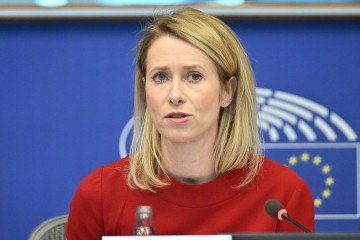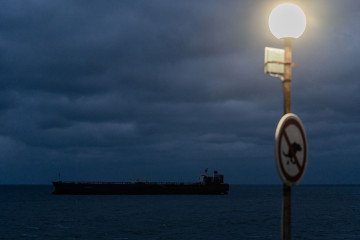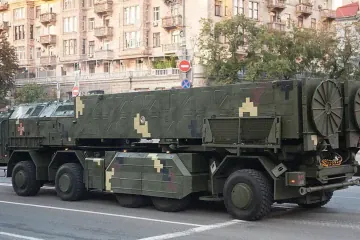- Category
- Latest news
Putin Redefines Russia's Red Lines, Naming Drone Attacks as Potential Provocation for Nuclear Response
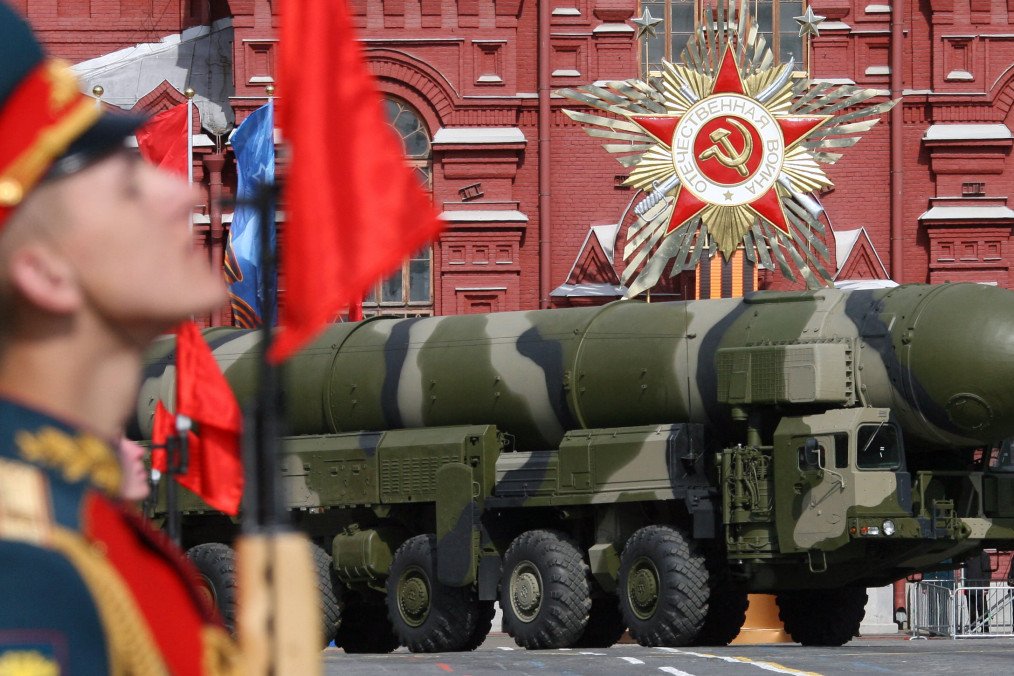
On November 19, Russian leader Vladimir Putin signed a decree approving an updated nuclear doctrine for the country. The document was published on Russia’s official legal information portal, outlining significant changes to the nation’s nuclear strategy.
In a revised doctrine, an aggression by any non-nuclear state, if supported or assisted by a nuclear power, will be regarded as a joint attack on Russia.
Kremlin spokesperson Dmitry Peskov justified the updates as necessary to align with “the current geopolitical situation.” He said that the use of Western-supplied, non-nuclear missiles by Ukraine against Russia could now provoke a nuclear response under the revised doctrine.
Peskov cited reports of US authorizing the use of provided long-range weapons for strikes deep into Russian territory, emphasizing that Russian forces are “monitoring the situation closely.”
Additionally, the doctrine stipulates that Russia could respond with nuclear weapons under several scenarios:
a critical threat to Russia’s sovereignty, even with the use of conventional weapons;
an attack on Belarus, a member of the Union State with Russia;
or the mass deployment of military aircraft, cruise missiles, drones, or other aerial vehicles violating Russian airspace.
![Leaked Files Reveal Russian Naval Forces Train for Potential Nuclear Attacks Across Europe]()
Maxim Starchak, a researcher at Queen’s University’s Centre for International and Defense Policy, told the BBC that the updated doctrine clarifies the conditions for nuclear weapon use while leaving the fundamental reasons unchanged.
"The justification remains the same: threats to the state’s existence and its nuclear arsenal," Starchak explained. "Previously, nuclear response was tied to ballistic missile attacks. Now, it has been expanded to include all aerospace assault methods."
He added that the revised doctrine formalizes Belarus’s inclusion under Russia’s “nuclear umbrella” in the event of an attack—though similar provisions already existed in the Union State's military doctrine.
Starchak also noted that the clause treating aggression by a non-nuclear state supported by a nuclear one as grounds for a nuclear response echoes elements of the 1994 Budapest Memorandum , which Russia itself signed.
Since Russia’s full-scale invasion of Ukraine began, Vladimir Putin has repeatedly invoked nuclear weapons in his rhetoric. On February 27, 2022, he placed Russia’s strategic nuclear forces on "special combat readiness," though details were unclear. In March 2023, he announced plans to station tactical nuclear weapons in Belarus. In May 2024, Russia held drills involving the transport and deployment of tactical nuclear weapons.

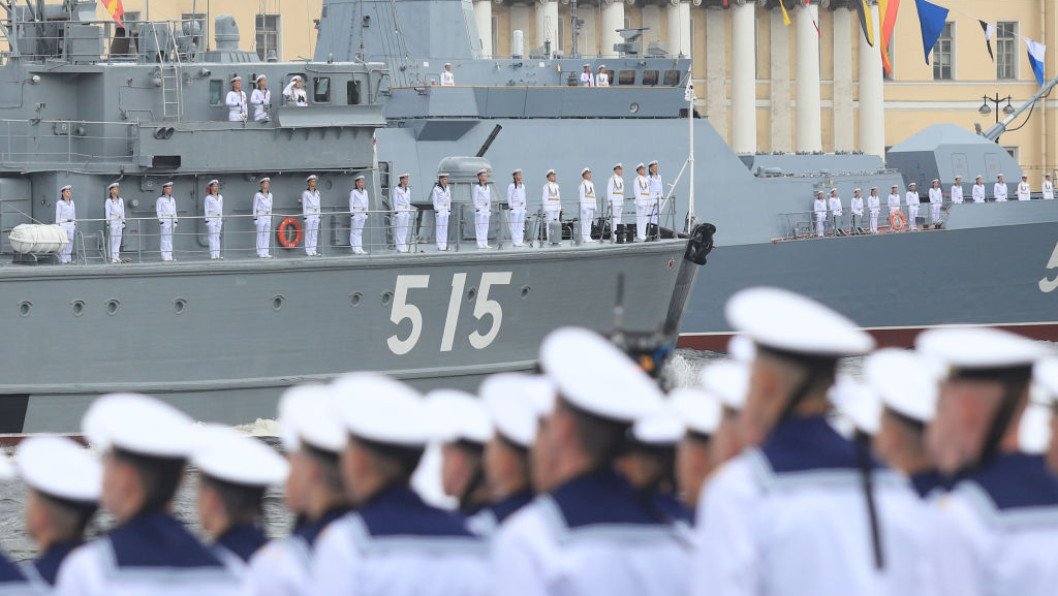
-e027084132fee1ae6b313d8b1d5dfc34.jpg)
-72b63a4e0c8c475ad81fe3eed3f63729.jpeg)
